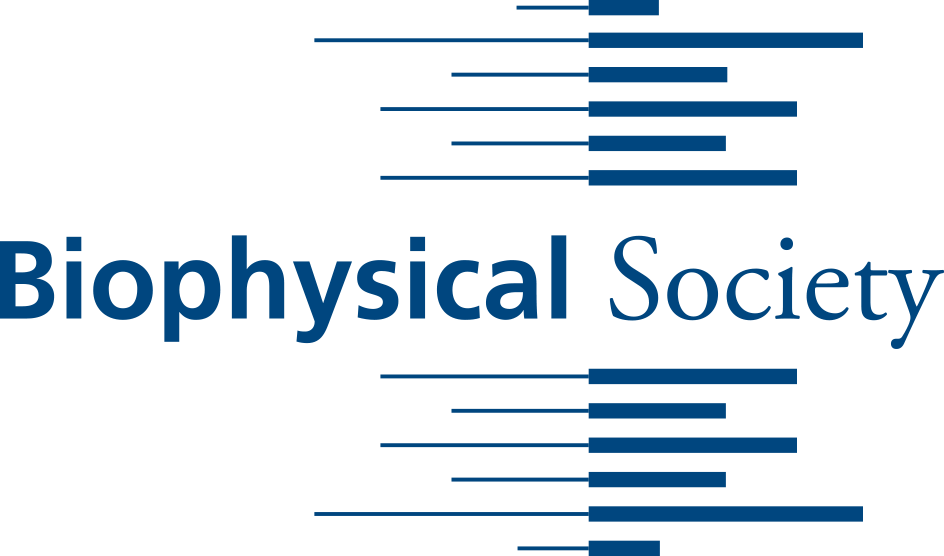New Targets of Alzheimer's Disease Treatment
Newswise — San Diego, Calif. – A promising novel target for potentially treating Alzheimer's disease has been identified in mice by a team at the University of California, Davis. The researchers will present their findings at the Biophysical Society's 56th Annual Meeting in San Diego, Calif., held Feb. 25-29.
The team’s focus is on controlling cells in the brain known to be major inflammatory agents. These cells, called microglia, are activated by toxic beta amyloid proteins that accumulate as plaques in the brain and disrupt neuronal function, and they are major players in the initiation and progression of Alzheimer's disease. To turn off the microglia, and therefore stop their neurotoxic effects, the UC Davis team blocked the flow of potassium ions through a voltage-gated potassium channel on the microglial membrane.
"Our observations raise the exciting possibility that potassium channel blockers might preferentially inhibit the action of microglia related to killing neurons without affecting the beneficial functions associated with them, as such as scavenging of debris,” says UC Davis’ David P. Jenkins, first author of the study.
In their investigation, the researchers examined microglia from mice specially bred to develop a mouse-mimic of Alzheimer's disease. They found that the adult mouse brains with high levels of beta amyloid also expressed higher levels of potassium channels on their microglia compared to microglia isolated from normal mouse brains. The researchers tested the functional importance of microglial potassium channels by administering a potassium channel blocker to brain tissue specimens. Results showed that the blocker inhibited plaque-induced microglia activation and the toxicity associated with it, but that it did not interfere with the useful "housecleaning" tasks that microglia perform.
"With the rise of Alzheimer's disease,” says Jenkins, “finding a novel pharmacological target for curbing the harmful effects of beta amyloid-induced microglia activation is highly desirable in developing new therapies."
The presentation, “Microglial KV1.3 channels as a potential target for Alzheimer’s disease,” is at 10:30 a.m. on Wednesday, Feb. 29, 2012, in the San Diego Convention Center, Hall FGH. ABSTRACT: http://tinyurl.com/7t2u4f5
###
This news release was prepared for the Biophysical Society (BPS) by the American Institute of Physics (AIP).
ABOUT THE 2012 ANNUAL MEETINGEach year, the Biophysical Society Annual Meeting brings together over 6,000 research scientists in the multidisciplinary fields representing biophysics. With more than 4,000 poster presentations, over 200 exhibits, and more than 20 symposia, the BPS Annual Meeting is the largest meeting of biophysicists in the world. Despite its size, the meeting retains its small-meeting flavor through its subgroup meetings, platform sessions, social activities, and committee programs.
The 56th Annual Meeting will be held at the San Diego Convention Center (111 W. Harbor Drive, San Diego, CA 92101), located three miles from the San Diego International Airport and less than one mile from the Amtrak station. The San Diego Trolley has two stops directly in front of the Center at Harbor Drive/First Avenue and Harbor Drive/Fifth Avenue.
QUICK LINKSMeeting Home Page: http://www.biophysics.org/2012meeting/Main/tabid/2386/Default.aspx Housing and Travel Information: http://www.biophysics.org/2012meeting/AccommodationsTravel/HotelInformation/tabid/2479/Default.aspx Program Abstracts and Itinerary Planner:http://www.abstractsonline.com/plan/start.aspx?mkey=%7B5B4BAD87%2D5B6D%2D4994%2D84CE%2DB3B13E2AEAA3%7D
PRESS REGISTRATIONThe Biophysical Society invites credentialed journalists, freelance reporters working on assignment, and public information officers to attend its Annual Meeting free of charge. For more information on registering as a member of the press, contact Ellen Weiss, Director of Public Affairs and Communications ([email protected], 240-290-5606), or visit http://www.biophysics.org/2012meeting/Registration/Press/tabid/2477/Default.aspx.
ABOUT BPSThe Biophysical Society (BPS), founded in 1956, is a professional scientific society established to encourage development and dissemination of knowledge in biophysics. The Society promotes growth in this expanding field through its annual meeting, monthly journal, and committee and outreach activities. Its 9000 members are located throughout the U.S. and the world, where they teach and conduct research in colleges, universities, laboratories, government agencies, and industry. For more information on the Society or the 2012 Annual Meeting, visit www.biophysics.org.
